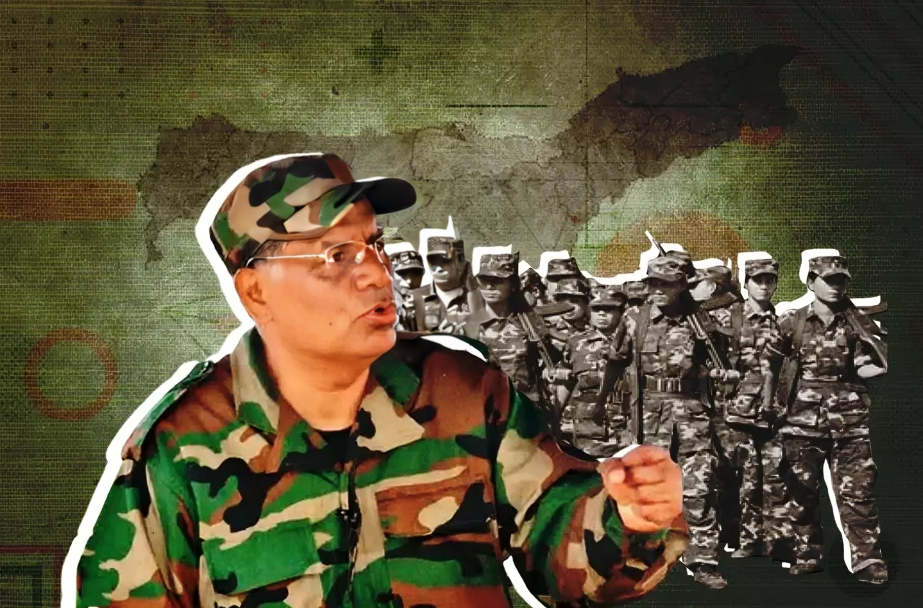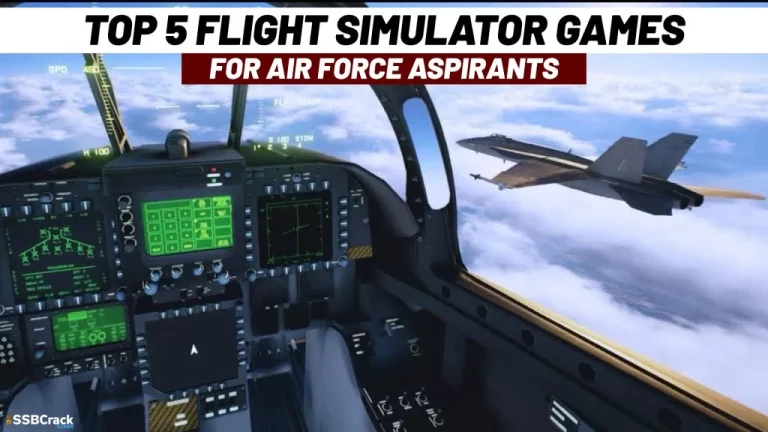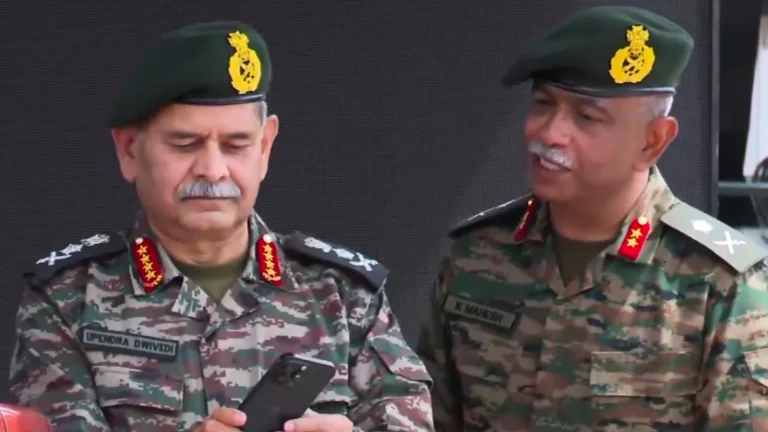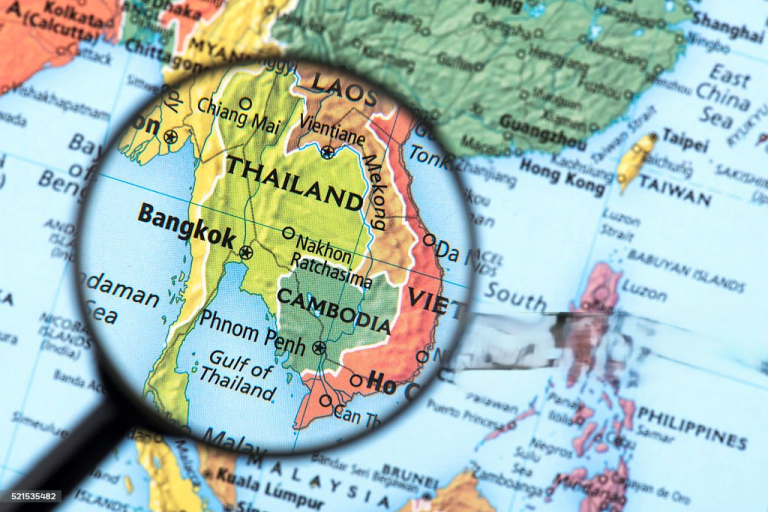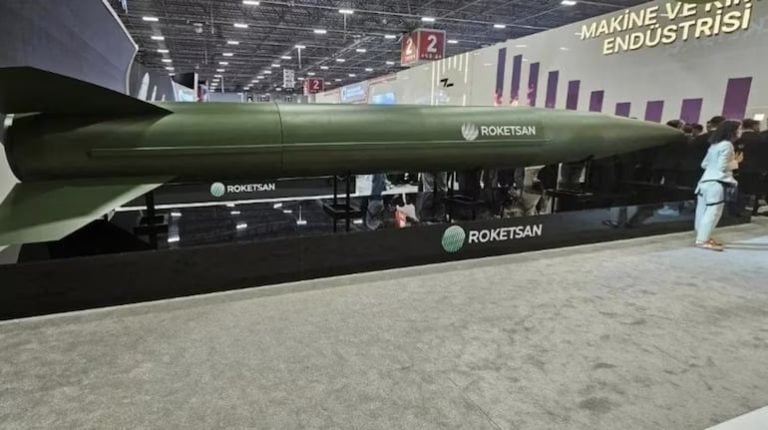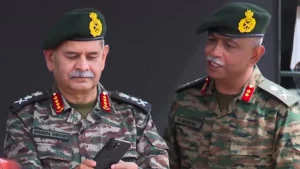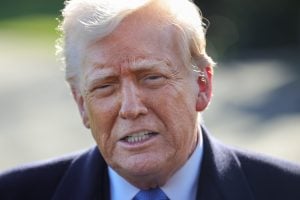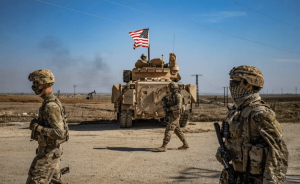On July 13, 2025, the insurgent group United Liberation Front of Asom-Independent (ULFA-I) reported that its mobile camps near the Indo-Myanmar border were struck in a pre-dawn drone attack, reigniting discussions surrounding India’s counter-insurgency strategies in the Northeast. ULFA(I) claimed that over 150 drones, purportedly of Israeli and French origin, targeted their bases within the Sagaing region of Myanmar between 2 AM and 4 AM. The group stated that the assault resulted in the death of senior leader Lt Gen Nayan Asom and injuries to 19 of its cadres.
In contrast, the Indian Army refuted any involvement in the drone operations. A defense spokesperson emphasized that “no such operation was conducted,” despite conflicting reports from various media outlets and insurgent sources, which included online footage appearing to support their claims.
ULFA(I) is a hardline faction that split from the original United Liberation Front of Asom, established in 2012 by Paresh Baruah, who continues to lead the group from the Myanmar-China border. Unlike the more conciliatory faction that signed a peace agreement with the Indian government in December 2023, ULFA(I) maintains an uncompromising stance on its demand for an independent Assam.
Operating primarily from the dense forests of Myanmar’s Sagaing region, ULFA(I) conducts training and insurgent operations in Northeast India, particularly in Upper Assam. The roots of ULFA trace back to April 7, 1979, amid the Assam Movement, which protested against illegal immigration from Bangladesh and sought to address the economic neglect, cultural marginalization, and demographic changes affecting the state.
During its height in the 1980s and 1990s, ULFA engaged in a range of activities, including extortion from tea estates and industries, kidnappings of high-profile individuals, targeted assassinations, and disruption of critical infrastructure projects. By the early 1990s, it was reportedly generating annual revenues of ₹30–40 crore, making it a formidable force in the region.
In response to escalating insurgent activities, the Indian Army launched Operations Bajrang and Rhino in the early 1990s to dismantle ULFA’s operations. Although Operation Bajrang faced setbacks due to intelligence leaks, Operation Rhino achieved some success, leading to the arrest of numerous militants and the dismantling of safe havens. However, key leaders, including Baruah, managed to evade capture and regroup in Myanmar.
The split that gave rise to ULFA(I) occurred due to internal disagreements regarding negotiations with the Indian Government. The pro-talks faction led by Arabinda Rajkhowa chose to engage in dialogue, while Baruah, opposing any compromises on sovereignty, expelled Rajkhowa and formed ULFA(I).
Currently, ULFA(I) has an estimated 200–250 armed militants and operates four camps in Myanmar, reportedly armed with over 200 weapons, including sophisticated assault rifles. The faction is also part of the United Liberation Front of Western South East Asia, a coalition of insurgent groups in the Northeastern region, and has been implicated in significant attacks, such as the 2015 ambush in Manipur that resulted in the deaths of 18 Indian soldiers.
Paresh Baruah, born in 1956, transitioned from being a goalkeeper and an Oil India employee to one of the leading figures in the insurgency. His leadership is characterized by unwavering ideological commitment, as illustrated when he famously stated in 2010 that his son was “not more important than my people.”
Despite its reduced strength, ULFA(I) continues to recruit young individuals, primarily from Assam’s eastern districts. Financially, however, the group is struggling, engaging in micro-extortion from local traders and demanding high-profile ransom from businesses, while also facing growing public disillusionment due to years of violence.
The political landscape in Myanmar post-coup has complicated counter-insurgency efforts. The weakening of coordination between Indian and Myanmar forces has reportedly allowed ULFA(I) to regroup in lawless zones along the approximately 1,600-km porous border, challenging India’s security efforts.
Overall, the Indian government has adopted a three-pronged strategy that includes military pressure through cross-border operations, peace talks with pro-talks factions, and significant economic development initiatives to engage local populations. This multifaceted approach has begun to erode ULFA(I)’s support base, as evidenced by dwindling recruitment and decreased effectiveness in extortion.
While ULFA(I) still poses a symbolic challenge to India’s sovereignty, its operational capabilities are increasingly under threat. The recent drone strikes, if verified, could represent a pivotal shift in India’s approach to dealing with insurgencies in the Northeast, hinting at a move towards modern, high-tech cross-border military tactics. Long-term peace, however, hinges on addressing the deeper socio-economic grievances that fuel such insurgent movements.
